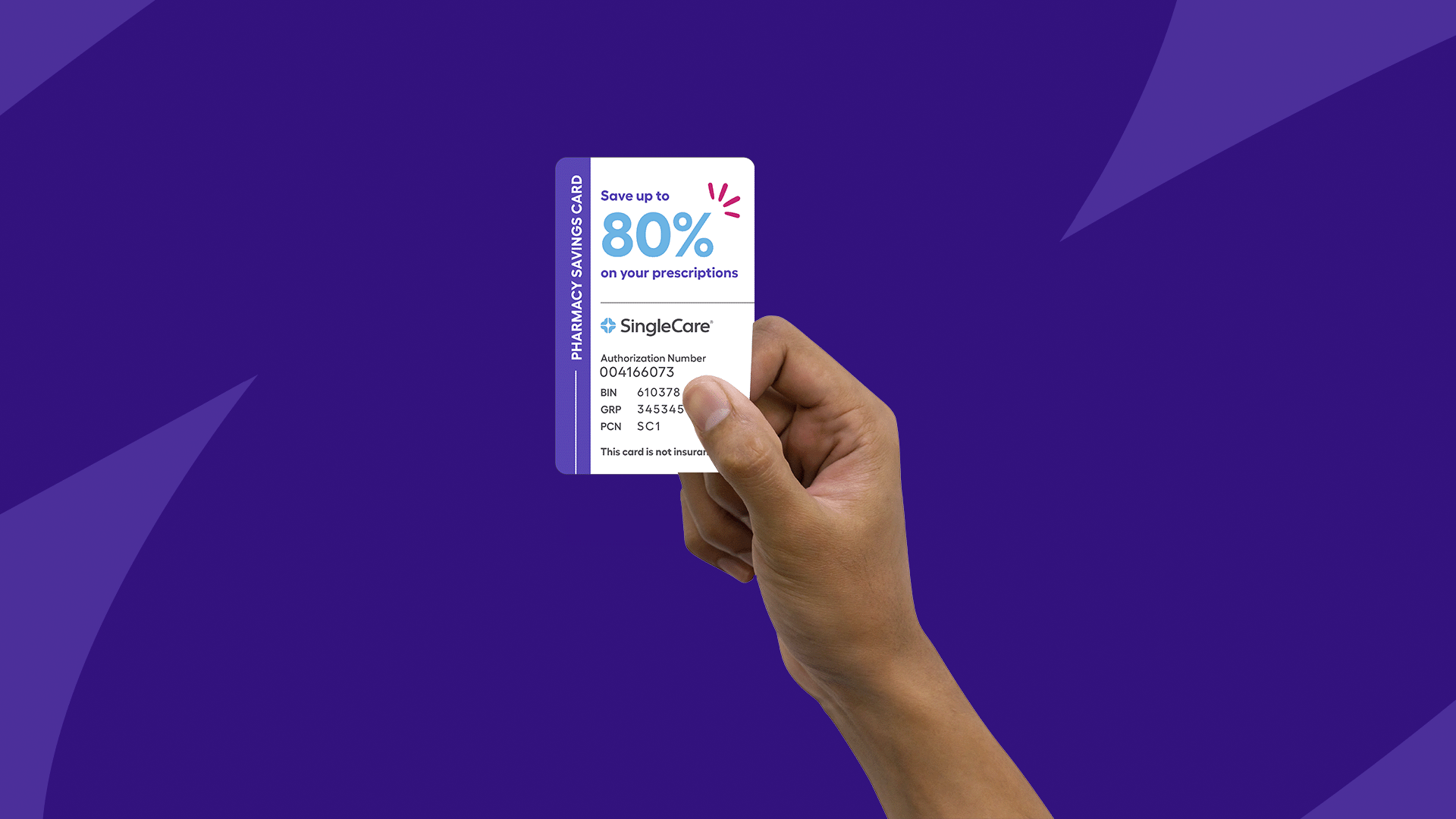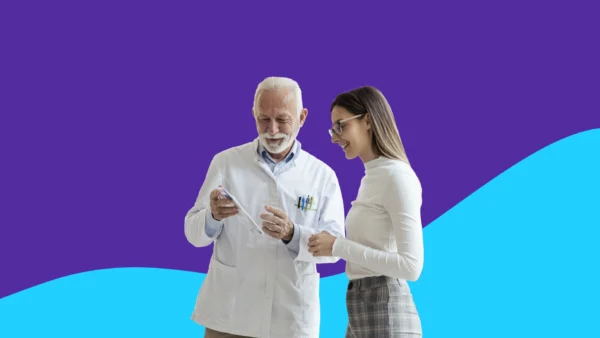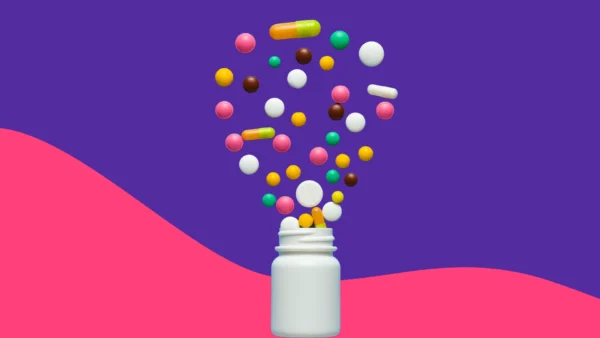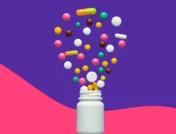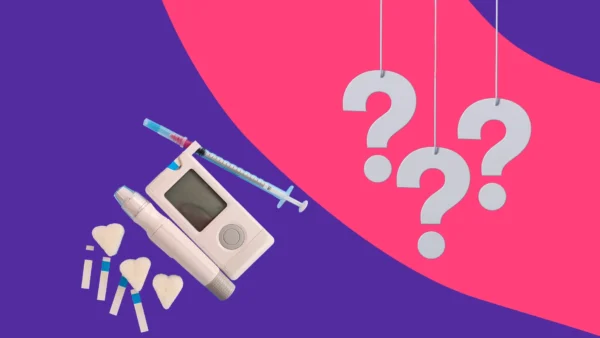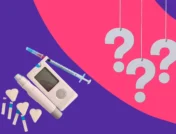What is a pharmacy discount card? | How it works | Where patients can use it | How much it costs patients | How much it saves patients | Insurance vs. pharmacy discount cards | Other savings options for patients
Americans spend more on prescription drugs than citizens anywhere else in the world, according to data from the Organisation for Economic Co-operation and Development. It’s no surprise, then, that 83% of people in the U.S. have concerns about the impact of rising drug prices on their lives, according to a national poll by CVS Health. Many are at the point where they won’t fill a prescription because of the cost. Prescription savings cards are one way to alleviate that burden and allow people to care for themselves and their families.
Working as a pharmacist or healthcare provider, you see first-hand when patients are shocked by prices or start to leave without paying for a prescription. And, you’ve probably noticed the growing use of various cards to compare prices. But, they’re still a fairly new savings tool, so you may come across people who have never heard of prescription savings cards or have doubts about how they work.
If someone is faced with a high copay or cash payment, you can use that opportunity to educate him or her on the options available to reduce the price. Why? If patients can’t afford medication, they’re less likely to take it. Twenty to 30% of new prescriptions are never filled at the pharmacy, according to the Centers for Disease Control and Prevention (CDC). And if your patients aren’t completing treatment, they can easily develop an even more serious condition. Non-adherence causes up to 50% of all treatment failures for chronic diseases, and up to 125,000 deaths a year, according to the FDA. If you think your patients are skipping or taking less medication than they should because of cost, providing these answers to common questions will take only a few minutes of your time.
What is a pharmacy discount card?
A pharmacy discount card is one way for you to help reduce the high cost of prescription prices for your patients—with or without insurance. “Many people don’t realize they could be saving hundreds of dollars on trips to the pharmacy by using a prescription savings card,” says Shaili Gandhi, Pharm.D., the vice president of formulary operations at SingleCare. “They can make expensive medications affordable.”
What is SingleCare?
SingleCare is a pharmacy savings card that can reduce prices up to 80% on your patients’ prescriptions. Your patients can use it if they don’t have insurance, or they can use it instead of their insurance if our price is lower than their copay. That includes Medicare and Medicaid. Unlike other pharmacy discount cards, there’s no cost to use it.
Pharmacies have partnerships with pharmacy benefit managers, also known as PBMs; our competitors partner with PBMs in order to be accepted at these pharmacies. We partner directly with pharmacies, which allows us to offer your patients lower prices. By eliminating the “middleman” (the PBM), we can cut costs for the pharmacy and your patients!
How does a pharmacy discount card help patients?
Companies that offer pharmacy discount cards, like SingleCare, partner with pharmacies to negotiate lower prices for consumers. Your patients can check prices at home beforehand or ask about the discounts for one or more savings cards when they drop off or pick up their medication.
Despite what you may have heard, SingleCare is legitimate and good for your patients and for the pharmacies. SingleCare partners directly with pharmacies, which lets us offer your patients lower prices. We receive a small fee from our pharmacy partners when your patients use a SingleCare card to save, which is how we can offer the service for free. And your patient data is safe. SingleCare does not rent, sell, or share any personally identifiable information of any individual who uses our cards.
“Helping patients to afford their medications is just another way to show that you’re on their side, and want them to feel better,” says Dr. Gandhi.
Where can your patients use it?
Prescription savings cards can only be used at pharmacies that partner with the discount program. The SingleCare card is accepted nationwide at more than 35,000 participating pharmacies.
Your patients can see if a pharmacy accepts a pharmacy discount card using the SingleCare app or website.
How much does it cost your patients to use?
SingleCare is free to join and use. Your patients don’t have to worry about subscriptions or surprise fees. Other pharmacy discount cards offer premium programs for additional discounts, but SingleCare offers the lowest price to everyone.
What will the medication cost your patients?
Many pharmacy discount cards, like SingleCare, have a pricing transparency tool that allows your patients to compare prices before they get to the counter. “To determine if SingleCare can help them save, your patients should compare the pharmacy cash price, their insurance copay, and the coupon price,” says Dr. Gandhi. Using SingleCare’s app or website, patients can search for their prescription medication, enter relevant information about the preferred brand/generic, dosage, and quantity, and then see prices by pharmacy and location. It’s not uncommon for the price to be lower with a savings card than a copay with insurance, so it’s always worth checking before filling.
As a healthcare provider, you can keep a list of medications you commonly prescribe with good savings, so you can mention them at appointments. As a pharmacist, if you know there is a less expensive generic, you can recommend that to your patients.
The patient has insurance. Can he or she still use a pharmacy discount card?
There are no exclusions to SingleCare membership. Meaning, patients can use prescription savings cards whether or not they have insurance (including Medicare and Medicaid). But, your patients can’t use savings cards in conjunction with insurance. Your patients can choose to use a coupon to get the lowest cost, but it won’t count toward deductibles or help them get out of the Medicare donut hole.
RELATED: Will my insurance reimburse me for SingleCare?
What other options can help your patients—beyond pharmacy discount cards?
If your patients are struggling to pay for medication or therapies they need, savings cards are one tool in their toolbox to pay less and feel better. Other options include:
- Patient assistance programs
- Manufacturer coupons
- Switching to generic medications
- Filling a 90-day supply
- Mail-order prescriptions
Explore them—and their benefits—with your patients. It can make a real difference for their health!



